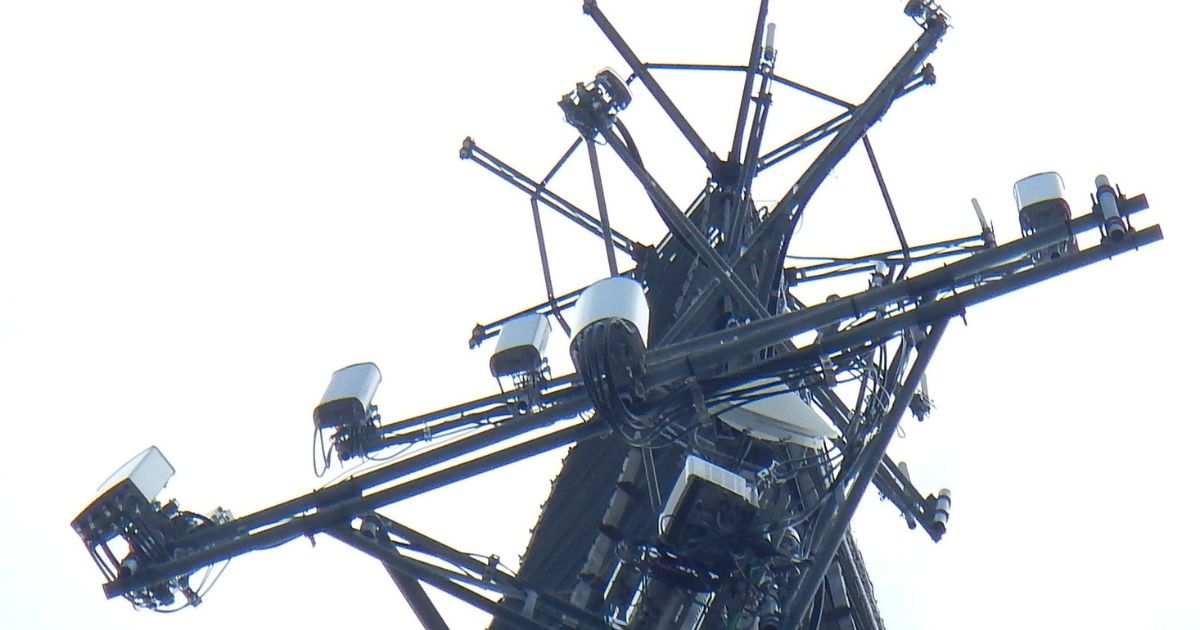- Who We Are
- What We Do
- Success Stories
- Careers
- News & Events
- Contact us

What do you do when you need to make sure that your mobile signal is available even in remote places? By building cell towers! Cell towers are tall structures that are typically built on high ground, such as hills or mountains. This is because they need to be in a high location to provide good coverage for a large area. Cell towers are also often built on tall buildings, such as skyscrapers.
However, there’s one problem: these structures are often subject to harsh environments. As such, carrying out a structural analysis is often required to ensure the cell tower remains standing for many years to come, lowering the risk of it failing or collapsing due to physical forces.
That said, let’s delve deeper into structural analysis and cell towers, talking about what you need to know:
What’s the Importance of Structural Analysis for Cell Towers?
Structural analysis is a vital part of the design process for cell towers. The analysis helps engineers to understand how the tower will respond to various loads and stresses, and identify potential areas of weakness. This knowledge is essential in ensuring that the tower is able to safely support the weight of the equipment and withstand the forces of wind, earthquakes, and other things.
What Structural Challenges Does a Cell Tower Face?
A cell tower, or cell site, is a structure where antennae and electronic communications equipment are placed to enable communication between wireless devices. Cell towers face many structural challenges, which can impact their performance and longevity.
1. High Winds
Wind loading is one of the biggest structural challenges cell towers face. High winds can cause the tower to sway, which can damage the equipment and antennae. The tower must be designed to withstand the maximum wind speed in the area.
2. Weight Load
Another structural challenge is weight loading. Cell towers are often loaded with heavy equipment, such as generators and batteries. The weight of this equipment can cause the tower to lean or even collapse if not properly supported.
3. Foundation Load
Another consideration is the foundation of the cell tower. The foundation must be designed to support the entire weight of the tower, as well as the weight of the equipment and any ice or snow that may accumulate on the structure.
4. Snow and Ice
Snow and ice can also pose a structural challenge to cell towers. Heavy snow and ice can cause the tower to collapse if not properly supported. The tower must be designed to withstand the weight of the snow and ice, as well as the wind loading from the snow and ice.
5. Earthquakes
Finally, cell towers must be designed to withstand the effects of earthquakes. The tower must be able to flex and move with the ground during an earthquake without collapsing.
When Is a Structural Analysis Required for a Cell Tower?
A telecommunications engineering structural analysis is required for a cell tower when the tower is being designed or modified, and the engineer needs to determine the loads that the structure will need to support.
Conclusion
All in all, structural analysis is a vital part when it comes to a cell tower’s construction, particularly one that’s used by many people. As such, if you’re looking to set up a cell tower, a structural analysis may be an important part of the process! Without it, you may end up with a cell tower that doesn’t last under harsh conditions, leaving you to waste time and money trying to repair or rebuild a new one.
With the main focus on custom-software development, Informatics also specializes in infrastructure solutions and services through years of experience and knowledge in the industry. Whether it be insurance, banking, government, or telecom software solutions, Informatics is capable of supporting any company from any industry so that they can reach their full potential. For more information, visit our website today!
Written by Hiran Wickramasinghe
